Camera monitoring systems for trucks, also known as truck camera systems or truck surveillance systems, have become essential tools in the modern transportation industry. These systems employ advanced technology to enhance safety, improve efficiency, and protect both drivers and cargo. In this article, we will explore the various aspects of camera monitoring for trucks and its significance in the trucking industry.
Benefits of Truck Monitoring Cameras
Safety Enhancement
One of the primary reasons for implementing camera monitoring systems in trucks is to improve safety. These systems typically consist of multiple cameras strategically placed on the vehicle, including rearview cameras, side-view cameras, and sometimes even interior cameras. These cameras provide real-time visibility of the truck’s surroundings, eliminating blind spots and reducing the risk of accidents caused by poor visibility.
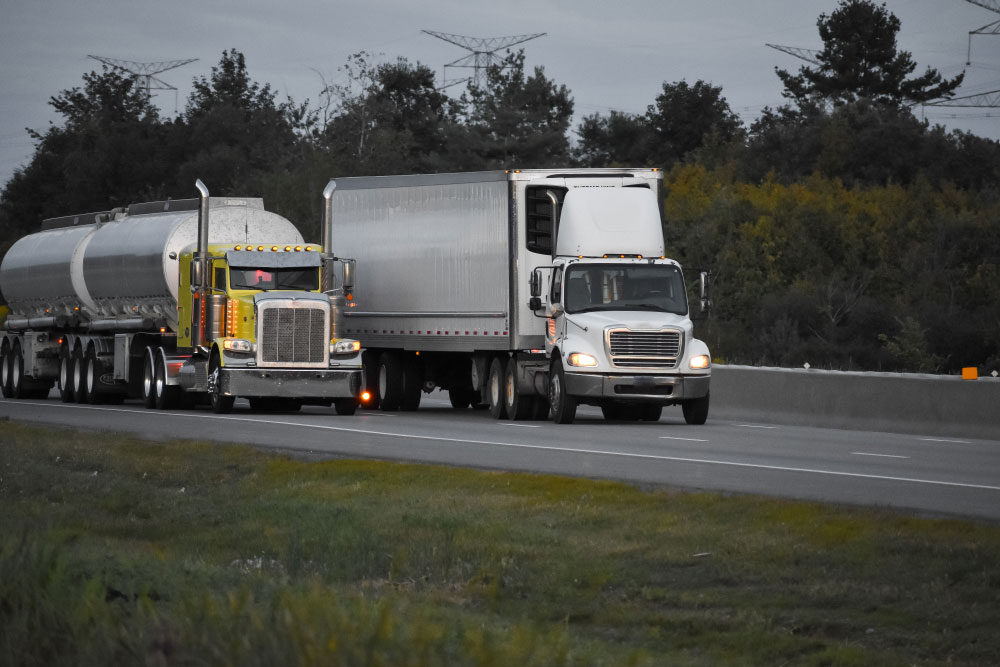
Accident Prevention
Truck camera systems are instrumental in preventing accidents, particularly when changing lanes, merging onto highways, or making turns. The real-time video feed helps drivers make informed decisions and avoid collisions with other vehicles, pedestrians, or obstacles.
Driver Assistance
Camera monitoring systems offer valuable assistance to truck drivers. With features like lane departure warnings, forward collision alerts, and adaptive cruise control, these systems can help drivers maintain safe distances, stay in their lanes, and avoid drowsy driving incidents.
Cargo Security
Truck camera systems not only protect the driver but also safeguard the cargo being transported. Interior cameras can monitor the load and ensure that it remains intact and secure throughout the journey. In the event of theft or tampering, the footage can serve as crucial evidence.
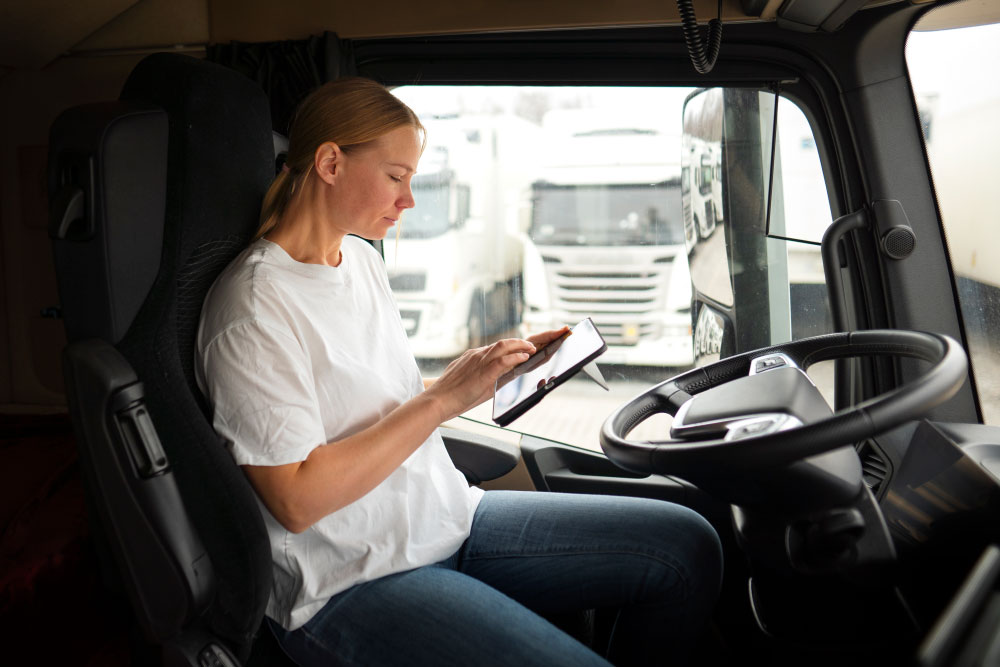
Reduced Liability
Having a comprehensive camera monitoring system in place can protect trucking companies from false accident claims. Footage from these cameras can provide irrefutable evidence of what happened during an incident, helping companies avoid costly legal battles and insurance disputes.
Driver Behavior Monitoring
Many camera systems have features for monitoring driver behavior, such as speeding, harsh braking, and aggressive driving. This data can be used to coach drivers, improve safety, and reduce fuel consumption.
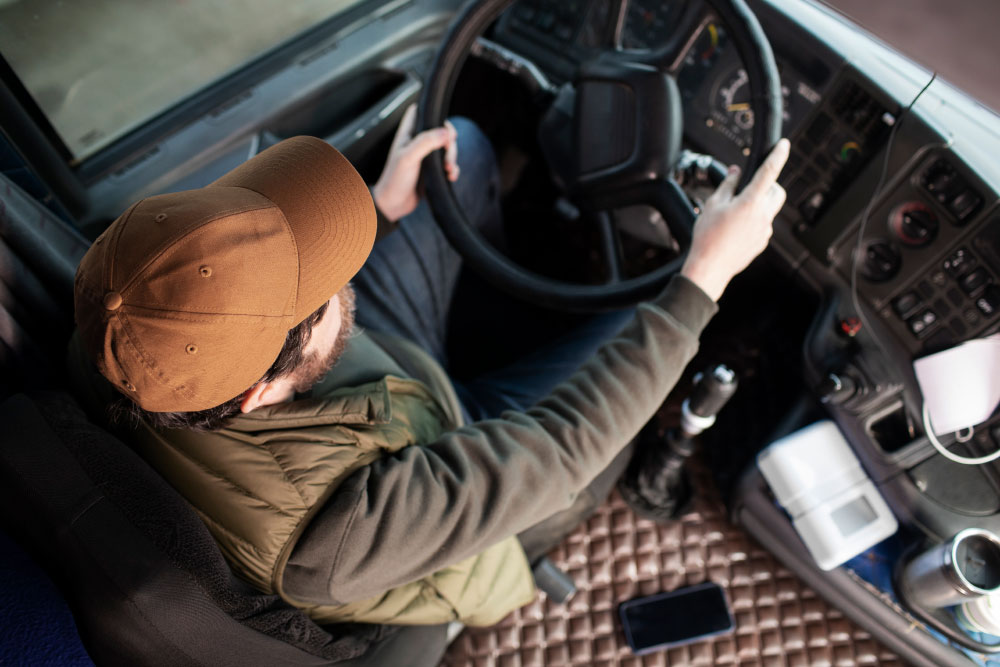
Event Recording
Camera systems often have event recording capabilities, which means they can automatically save footage leading up to and during critical events, such as accidents or sudden stops. This can be invaluable for investigating incidents and determining fault.
Compliance with Regulations
Truck camera systems can help companies comply with regulations related to driver behavior and safety, such as the Federal Motor Carrier Safety Administration’s (FMCSA) requirements for electronic logging devices (ELDs) and hours-of-service (HOS) tracking. (in United States)
Improved Fleet Management
For fleet managers, camera monitoring systems provide a valuable tool for tracking the location and status of each vehicle in the fleet. This data can be used to optimize routes, reduce fuel consumption, and enhance overall fleet efficiency.
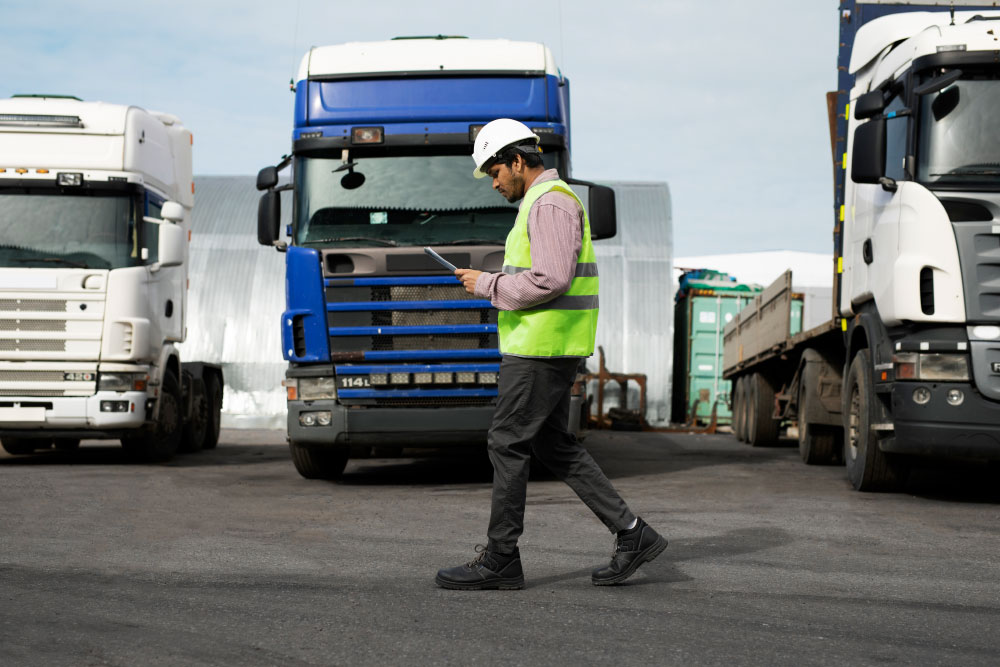
Future Advancements
As technology continues to evolve, so do truck camera systems. Future advancements may include the integration of artificial intelligence (AI) for more advanced driver assistance features, as well as enhanced connectivity for real-time data transfer and remote monitoring.
Enhancing Awareness and Preventing Accidents
In modern trucking, these systems are often integrated with other safety technologies, such as pedestrian detection and blind spot detection systems, to create a comprehensive safety net for both drivers and vulnerable road users.
Pedestrian Detection Systems
Pedestrian detection systems are designed to identify and track pedestrians near or around the truck. These systems utilize advanced sensors, including radar and LiDAR, to detect the presence of pedestrians, cyclists, and other vulnerable road users. When integrated with camera monitoring, this technology enhances safety in the following ways:
- Visual Alerts: When a pedestrian is detected in close proximity to the truck, the camera system can provide visual alerts on the driver’s display screen, drawing attention to the potential hazard.
- Audible Warnings: In critical situations, integrated systems can also trigger audible warnings or alarms, alerting the driver to the presence of a pedestrian. This can be particularly valuable in busy urban areas or during low-visibility conditions.
- Data Logging: Data from pedestrian detection systems can be logged and synchronized with camera footage, creating a comprehensive record of pedestrian-related events. This data can be invaluable for post-incident analysis and insurance purposes.
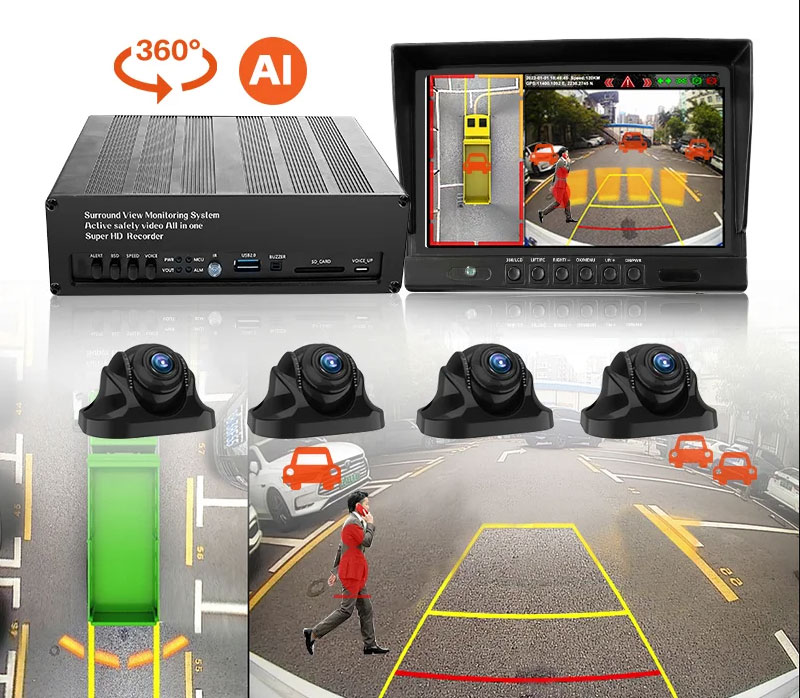
Blind Spot Detection Systems
Blind spot detection systems are essential for mitigating the risks associated with large commercial vehicles that have significant blind spots. These systems typically use radar or ultrasonic sensors to monitor blind spots around the truck. When combined with camera monitoring, they provide several benefits:
- Visual Warnings: Integrated systems can visually alert the driver when a vehicle or object is in the truck’s blind spot. This helps drivers make safer lane changes and turns, reducing the risk of collisions.
- Improved Maneuvering: For trucks navigating through congested traffic or tight spaces, blind spot detection integrated with cameras offers enhanced visibility, ensuring that the driver is aware of vehicles and obstacles in hard-to-see areas.
- Data Correlation: By correlating data from the blind spot detection system with camera footage, it becomes easier to understand how specific events or accidents occurred. This aids in determining fault and improving safety procedures.
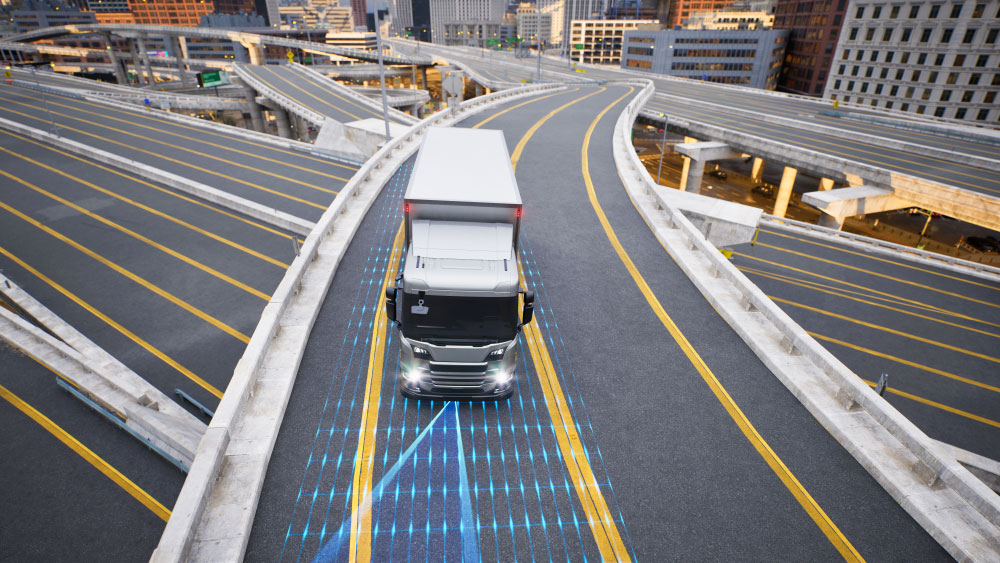
Enhanced Safety and Reduced Liability
The integration of pedestrian detection and blind spot detection systems with camera monitoring contributes to enhanced safety for all road users. It helps truck drivers become more aware of their surroundings and potential hazards, reducing the likelihood of accidents and collisions. In addition, the data generated by these integrated systems can be crucial in proving liability or innocence in the event of an incident, protecting both truck drivers and their companies from unjust legal claims.
Camera monitoring systems for trucks play a crucial role in enhancing safety, protecting assets, and improving overall operational efficiency in the trucking industry. These systems are not just a luxury but a necessity in an environment where safety and accountability are paramount. As technology continues to advance, we can expect even more sophisticated and integrated camera monitoring solutions to further revolutionize the trucking industry.